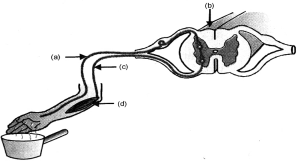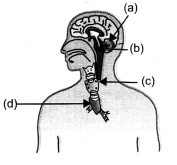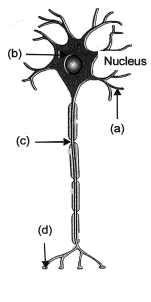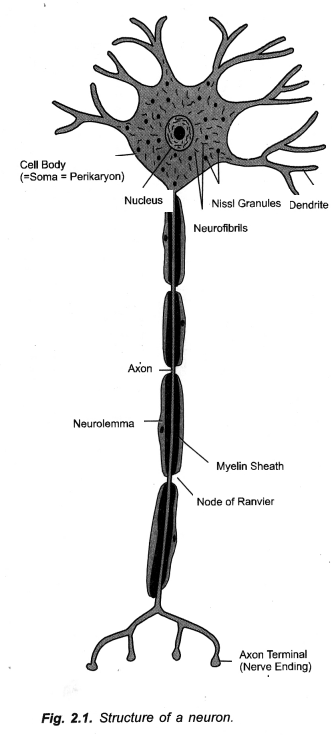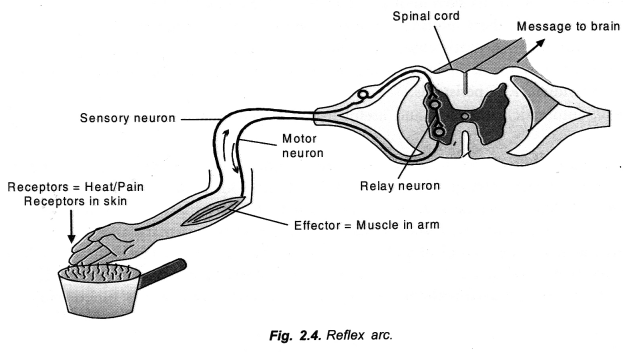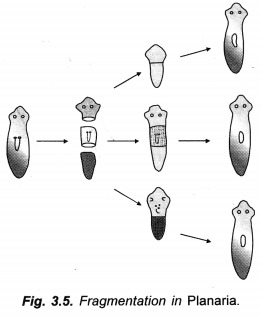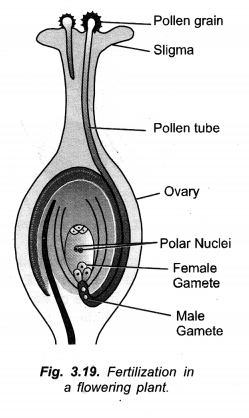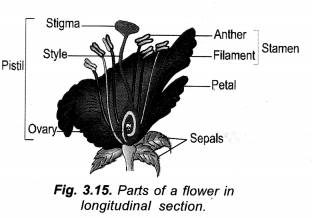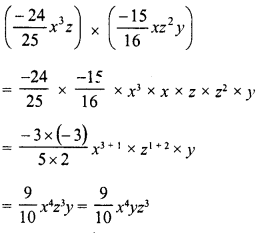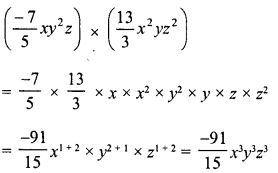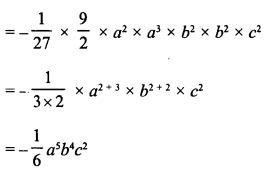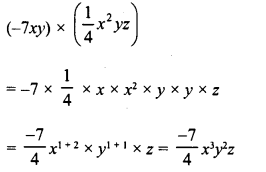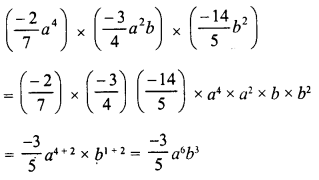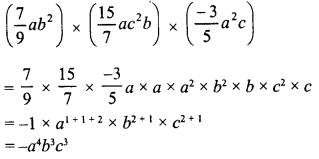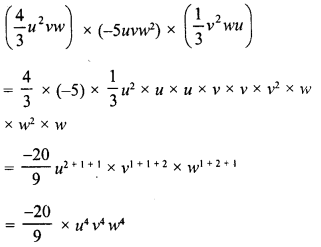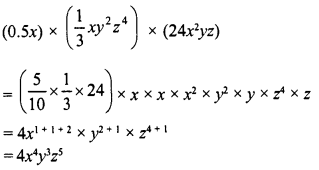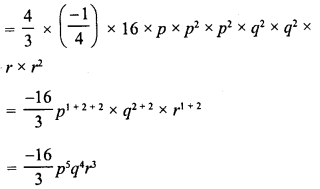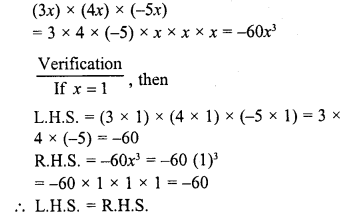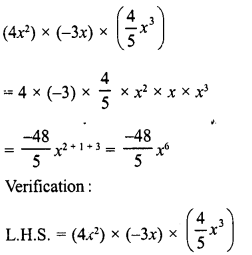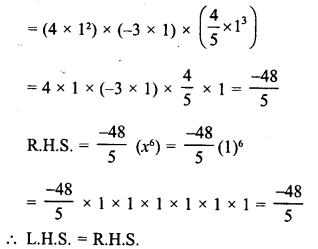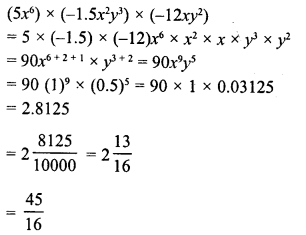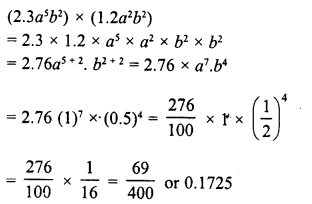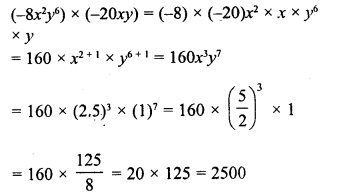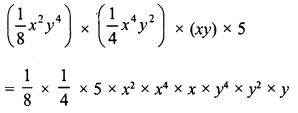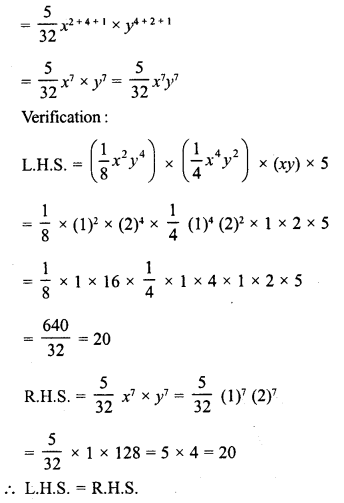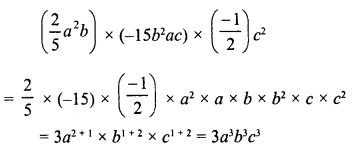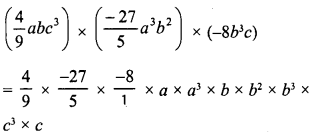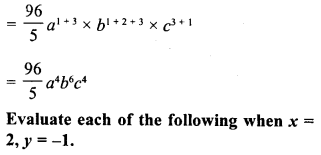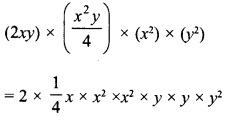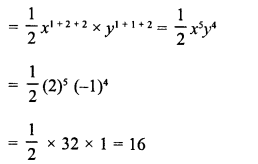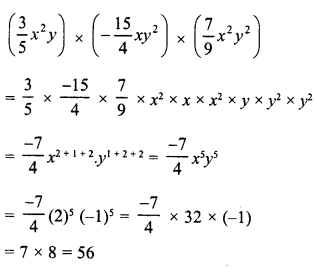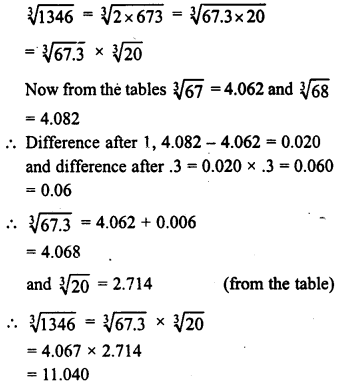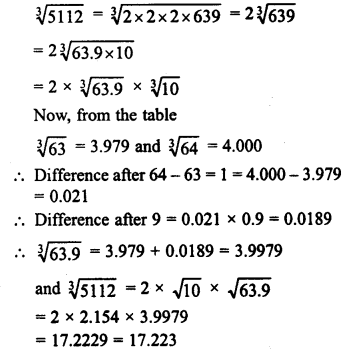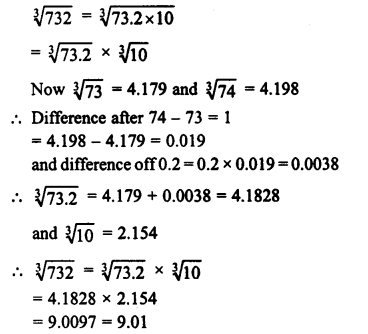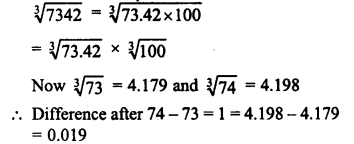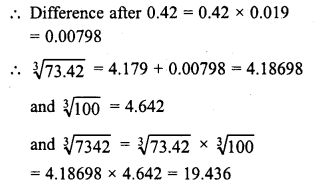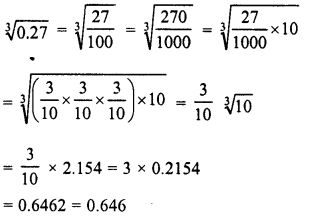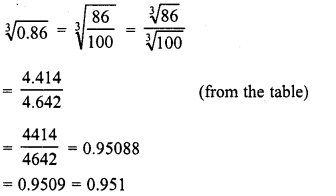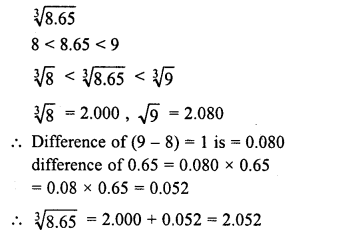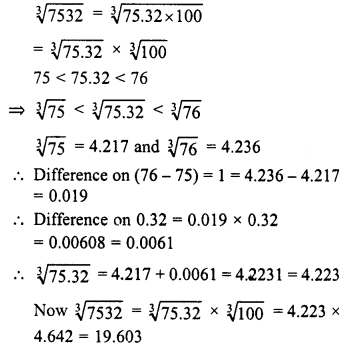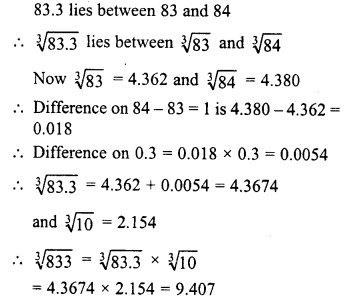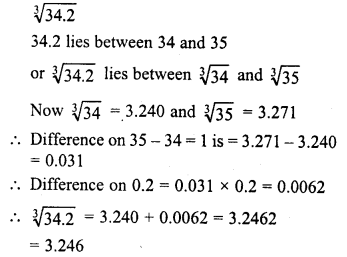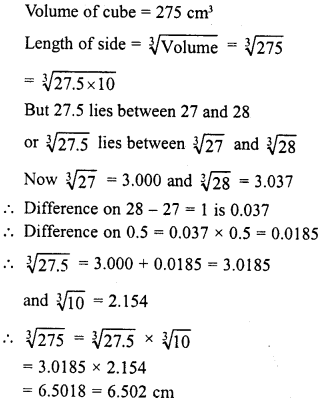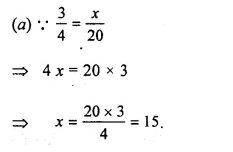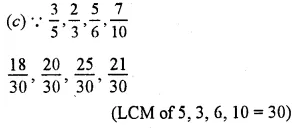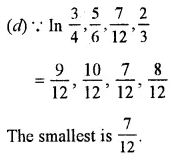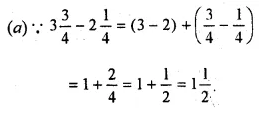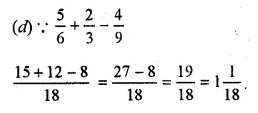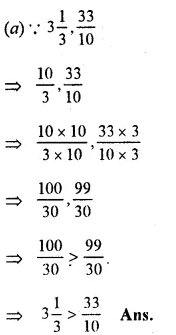RD Sharma Class 8 Solutions Chapter 5 Playing With Numbers Ex 5.1
These Solutions are part of RD Sharma Class 8 Solutions. Here we have given RD Sharma Class 8 Solutions Chapter 5 Playing With Numbers Ex 5.1
Other Exercises
- RD Sharma Class 8 Solutions Chapter 5 Playing With Numbers Ex 5.1
- RD Sharma Class 8 Solutions Chapter 5 Playing With Numbers Ex 5.2
- RD Sharma Class 8 Solutions Chapter 5 Playing With Numbers Ex 5.3
Question 1.
Without performing actual addition and division, write the quotient when the sum of 69 and 96. is divided by
(i) 11
(ii) 15
Solution:
Two numbers are 69 and 96 whose digits are reversed Here a = 6,= 9
(i) Sum if 69 + 96 is divisible by 11, then quotient = a + 6 = 6 + 9 = 15
(ii) If it is divided by a + b i.e., 6 + 9 = 15, then quotient = 11
Question 2.
Without performing actual computations, find the quotient when 94 – 49 is divided by
(i) 9
(ii) 5
Solution:
Two given numbers are 94 and 49. Whose digits are reversed.
(i) If 94 – 49 is divided by 9, then the quotient = a-b = 9-4 = 5
(ii) and when it is divided by a – b i.e. 9-4 = 5, then quotient will be = 9
Question 3.
If sum of the number 985 and two other numbers obtained by arranging the digits of 985 in cyclic order is divided by 111, 22 and 37 respectively. Find the quotient in each case.
Solution:
The given number is 985
The other two numbers by arranging its digits
in cyclic order, will be 859, 598 of the form
\(\overline{ abc } ,\overline{ bca } ,\overline{ cba }\)
Therefore,
If 985 + 859 + 598 is divided by 111, then quotient will bea + 6 + c = 9 + 8 + 5 = 22
If this sum is divided by 22, then the quotient = 111
and if it is divided by 37, then quotient = 3 (a + b + c) = 3 (22) = 66
Question 4.
Find the quotient when difference of 985 and 958 is divided by 9.
Solution:
The numbers of three digits are
985 and 958 in which tens and ones digits are reversed, then
\(\overline{ abc } -\overline{ acb }\) = 9 (b – c)
985 – 958 = 9 (8 – 5) = 9 x 3
i. e., it is divisible by 9, then quotient = b-c =8-5=3
Hope given RD Sharma Class 8 Solutions Chapter 5 Playing With Numbers Ex 5.1 are helpful to complete your math homework.
If you have any doubts, please comment below. Learn Insta try to provide online math tutoring for you.

